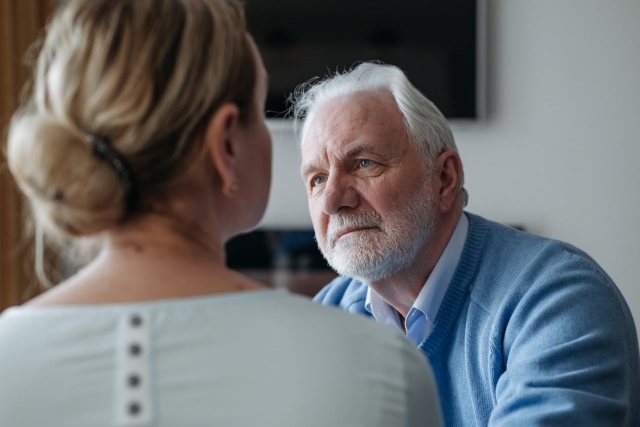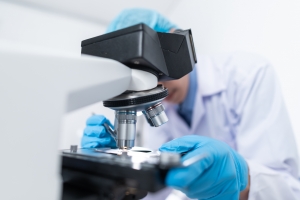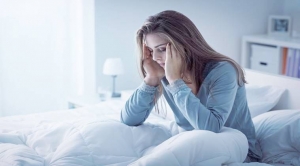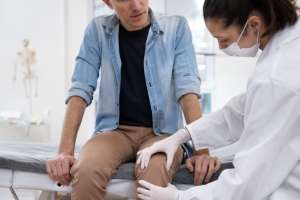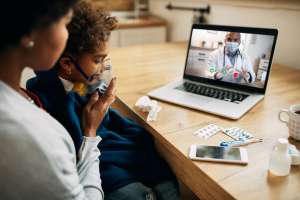Books about countering aging and living to over a hundred years in good health have flooded the shelves. Personal care products now claim to help you look and feel youthful. Getting older is inevitable, but it is also unnerving for most of us.
According to the WHO, the world may witness a doubling in the percentage of people over 60 years old by 2050. An aging population is more vulnerable to both physical and mental health concerns, from pulmonary disorders to dementia.
In these circumstances, home-based assistance for the elderly has emerged as a viable alternative. This avenue is particularly encouraging in regions like Philadelphia, where the government estimates that older adults make up 20 percent of the population.
Caring with Integrity notes that a senior care agency in this field can help people retain their independence and dignity. At the same time, it delivers a sense of familiarity that can make a massive difference on difficult days.
Remote Monitoring: Being There For Your Loved Ones
Based on WHO predictions, it is reasonable to expect that an increasing number of elderly people will require care in the coming years. It will warrant time and money that must come out of busy schedules and packed budgets.
If you're exploring home-based care for elderly family members, consider incorporating remote monitoring to complement it. The tech intervention isn't about adding bells and whistles; it's about building a connection that transcends physical space and time.
At first, considering remote monitoring can feel overwhelming. Wouldn't it be an invasion of privacy? Would you even be comfortable staying attuned 24/7, aware of everything that transpires, in addition to the stressors in your everyday life?
But over time, most caregivers find that the pros outweigh any limitations. Remote monitoring can help you stay close to elderly family members who need you, and everything else is secondary.
Receiving Real-Time Inputs on Chronic Health Conditions
Nowadays, more people are considering wearable devices and home security cameras to track the health data of family members. For instance, some chronic conditions like hypertension or diabetes warrant continued support. Patients can experience unexpected episodes that demand immediate medical assistance.
Wearing monitors for blood pressure and glucose can alert patients and their caregivers to worrying patterns that demand attention. A Frontiers study found that these devices facilitate continuous blood glucose monitoring. It helps doctors make adjustments to medication and dosage whenever required. Overall, the study also found that smart wearable devices can promote higher health levels among older people.
The advancement of wearable devices also means that patients don't need to physically visit healthcare settings as frequently, thus avoiding difficult travel. Instead, the caregiver can assess the real-time updates on health parameters and take the required action.
Inspiring Safety and Reassurance During Home Care
Another popular monitoring option is installing home security cameras. They keep you connected to everyday events in your loved ones' lives, even when you are away at work or school.
For example, a few conditions (like heart disease and coordination problems) can make older adults susceptible to falls. You may worry about this happening even in the presence of a professional at-home caregiver. Being able to view real-time footage can ensure you stay alert to any such events. Consequently, you will always be prepared to take immediate action.
Moreover, cameras can keep your home secure by alerting you to unexpected guests and interacting with delivery people.
Nowadays, you can also access Ambient Assisted Living (AAL) technology to monitor home-based care with less intrusion. Devices like motion and contact sensors can update you on how your family members interact with their environment. At the same time, these smart devices don't require active user engagement. So, they don't cause any discomfort to older adults.
Supporting Caregivers in Managing Medication and Daily Tasks
Accepting that your elderly family members require care and initiating the process can be challenging. It is natural to feel anxious even after hiring at-home care. What if the professional doesn't understand the specific needs of a patient or misses crucial medication?
Integrating your care model with remote monitoring can address these concerns. For instance, you can schedule reminders for medication and guidelines for a wholesome diet and exercise. Think: your recipe for their favorite plum pudding, or your custom playlist that makes them smile. These notifications will keep your family and the third-party caregiver updated, ensuring nothing is overlooked.
Moreover, monitoring devices can pick up cues that a human might miss. It can support early detection of problems and facilitate a quick response. This expedition can sometimes be the difference between recovery and relapse.
On that note, it is always a better idea to partner with trusted and experienced caregiving agencies.
For example, some caregivers connect their clients to support networks and local services within the neighborhood. From grooming to daily physical exercise or an outdoor walk, these activities can be uplifting for older adults facing social isolation. Trustworthy professionals can keep your loved ones safe even when they are out of your ambit of monitoring.
For caregivers, elderly care can be emotionally rewarding and draining at once, a strange oxymoron of sorts. Combining home-based care with remote monitoring can be a practical, compassionate, and sustainable solution. It lets you stay connected and feel reassured, minus the guilt induced by busy work schedules and sudden travel plans.
It's one of those life moments when technological interventions feel like an undebatable blessing.
